In pursuit of travel, adventure and safari in all SanParks
South Africa
Quest to visit and explore all SANParks
National Parks of South Africa
I am on a mission to travel to all SANParks and see as much wildlife as I can whilst in search of adventure. Will I succeed?
South African National Parks was founded in 1926 in order to preserve and manage the indigenous fauna and flora of our country, complete with its landscapes and related cultural heritage.
This representation of biodiversity offers national and international tourists the opportunity to explore and admire South Africa’s natural heritage and conservation efforts.
Kudu - emblem and logo of the SANParks
Why you should add any of the SANParks to your bucket list
Parfuri Gate at Kruger National Park, one of South Africa’s famous parks
There is a wide range of activities throughout all the national parks such as self-drive safaris including birdwatching and game viewing. For the more adventurous there are guided walks or hikes, 4x4 trails and mountain biking.
Most of the parks offer accommodation from luxurious 5 star to budget friendly as well as camping. What a better way to explore these diverse and beautiful ecosystems by spending some time in them whilst one travels through South Africa.
Elephants at Kruger National Park
This article is in no way endorsed, sponsored or paid for by SANParks.
Kgalagadi Transfrontier Park entrance gate
Tips to visit and explore the national parks in South Africa:
Most of the parks have their own maps and information brochures or books available at their relevant offices or shops with more detailed information.
Check the gate times to enter and exit the parks and the camps. They differ depending on time of year.
It is worth taking a camera and binoculars as well as bird and animal books or apps.
Do not underestimate the time it would take to travel through any of the parks. There are speed limits to adhere to and it would be a disappointment if you had to rush and miss an interesting animal or bird sighting.
Some of the parks have restaurants and shops but not all of them.
Many of the parks sell fuel, however not all. It is best to find out which do not have fuel stations before you embark on your journey.
Cell phone reception is not always available inside some of the parks but at some of the camps there is limited reception. As far as I know there is no Wi-Fi at any of the parks or camps. At some parks one can buy cellular phone data. Often such as in the case of Mata Mata and Nossob in the Kgalagadi one needs to stand close to their reception or shop to be able to connect.
If you are staying overnight, it is always a good idea to pack a torch or headlamp. Although in well-developed camps there is sufficient lighting on the paths, there are other areas where it may be necessary.
Mosquito or insect repellent is always worth having, even during the day. Some areas it is necessary to take malaria prophylaxis. Speak to your travel clinic or doctor.
Most of the parks are self-drive but you can go on a guided game drives too, at extra cost.
Some parks have tarred (asphalt) roads and others have gravel/sand or a combination of both.
A hat, walking shoes and sun block is always worth having if you spend time outdoors, such as at the camps, picnic spots or on hikes.
Warm clothes are essential for the winter months. There is often a big difference between the night and daytime temperatures.
For the more remote parks where there are rougher roads, a spare wheel or two, couple of spare parts and a toolbox will come in handy.
Always have sufficient water and some snacks, no matter where you are going.
Many of these parks are in remote areas with only a small town in proximity to it. Sometimes a fair amount of planning needs to be done before visiting.
Hot tip on Wild Card Membership:
Is it worth buying a Wild Card Membership instead of just paying the daily conservation fee?
There are two types of Wild Card Memberships – one for national tourists and one for international tourists. Both supply one year's unlimited access to parks that fall under SANParks, depending on the cluster and membership category. They are further divided into individual, couple or family categories.
Alternatively a daily conservation and entrance fee is payable per person at the gate upon entry. The amount is found on the page of each relevant park.
Your decision depends on the length of time you are staying at one of the parks as well as the quantity of people. Bear in mind whether you are only going for a short stay or venturing further around South Africa with a good possibility of staying at any of the other parks that fall under the Wild Card Membership, throughout the country. The price you pay for the membership which can be renewed annually if necessary, might be far less than the accumulative daily conservation fee.
Click here for further information about the Wild Card.
Golden Gate National Park
Information about South Africa’s National Parks
I have been fortunate to visit numerous South African National Parks. Below are my adventures and safaris at most of the parks. There are a few I still have to travel to, though.
The SANParks website is filled with details and important information about the various parks and it is worth doing thorough research before you plan to go to any of the parks.
Addo Elephant National Park
Where to find it: Approximately 70 kilometres outside Port Elizabeth, Eastern Cape.
Good to know: One of the parks I have been fortunate to visit, is the third largest national park in South Africa. Addo is home to the Big 7. Obviously home to the biggest land mammal, but also on the marine side, home to the great white shark and southern right whale.
Unfortunately my visit was so long ago, when it first opened that I will have to remedy that one day to see what has changed.
Update:
In May 2021 we were fortunate to visit Addo Elephant National Park again. A great road trip to the Eastern Cape took us there.
Is this the best side of elephants?
Agulhas National Park
Where to find it: Approximately 230 kilometres outside Cape Town, Western Cape.
Good to know: The Indian Ocean and the Atlantic Ocean meet at the southernmost tip of Africa, which is close to the park. We have had the privilege to visit this park briefly. Next time I would love to explore inside the Cape Agulhas Lighthouse and see if I can spot the Southern Right whale which is usually around between June and November.
Click here for more information about Agulhas National Park.
Agulhas National Park - where two oceans meet
Mural of Africa at Agulhas
Cape L’Agulhas - the southern-most tip of the continent of Africa plaque
Augrabies Falls National Park
Where to find it: 125 kilometres west of Upington, Northern Cape.
Good to know: The Augrabies definitely thundered into my heart when we spent a couple of nights there. The place of great noise, or Aukoerebis as the Khoi people call it has gouged a dramatic canyon through the Orange River Gorge.
Click here for more information about Augrabies Falls National Park.
Augrabies waterfall
Gorge at Augrabies National Park
Bontebok National Park
Where to find it: Swellendam in the Western Cape is the closest town, 7 kilometres away.
Good to know: We have had a brief overnight stay at Bontebok and I am sorry we could not extend our stay. I would love to explore and discover more of the park. We have heard so many lovely things about it from other family members. The Langeberg Mountains provide a picturesque backdrop to this park with the Breede River acting as a western border.
Click here for more information about Bontebok National Park.
Bontebok National Park has accommodation and campsites
Camdeboo National Park
Where to find it: 5 kilometres outside Graaff-Reinet, Eastern Cape.
Good to know: The Valley of Desolation attracts an estimated 100 000 tourists per year. The plains of the Karoo are semi-desert combined with impressive dolerite columns. A tarred road to the top takes you to lookout points with a panoramic view of the landscape. I have had the opportunity to admire the dramatic scenery and exceptional viewpoint at the Valley of Desolation.
Read about our experience at Camdeboo National Park here.
Gemsbok at Camdeboo
Valley of Desolation
Garden Route National Park
Where to find it: 185 kilometres from Port Elizabeth in the Eastern Cape or 450 kilometres from Cape Town in the Western Cape. The closest airport is at George.
Good to know: The Garden Route National Park is on a beautiful stretch of coastline between the Outeniqua and Tsitsikamma Mountains and the sea. The large area stretches from George, to the Wilderness, through the Knysna estuary and onto Storms River at Tsitsikamma.
A melting pot of adrenalin adventures can be found here from hiking the Otter Trail, to snorkeling at Storms River like I did during our honeymoon with all its woes.
If that is not your scene, you can relax in the beautiful nature of the area.
Forty years after our honeymoon we returned to camp at Storms River. Why did it take so long? Not sure why, but you can see for yourself if Storms River lived up to its name.
Wilderness Ebb & Flow Rest Camp is part of the Garden Route National Park. We camped for a few nights at North Park while on a road trip in the Eastern Cape, Western Cape and Karoo.
For more information about Ebb & Flow click here.
North Park at Ebb & Flow
River at Ebb & Flow
Golden Gate Highlands National Park
Where to find it: 23 kilometres from Clarens in the Free State.
Good to know: The Brandwag Buttress is the icon of the park because of its golden radiance at sunrise or sunset. It nestles in the foothills of the Maluti Mountains in the Free State.
A beautiful area to explore and look for vultures, go hiking or game viewing but be warned, the weather can change quickly and winter is quite icy. We spent a few nights in our caravan in the valley and it was my coldest camping experience.
Click here for more information about Golden Gate Highlands National Park.
Brandwag Buttress Golden Gate National Park
Golden Gate National Park - dramatic rock formations and buttresses
Karoo National Park
Where to find it: The town of Beaufort West, Western Province is 5 kilometres away.
Good to know: Deeper inland into the Karoo, on route from or to Cape Town, the wildlife reserve is an overnight stopover for some. We have travelled past it many times on our annual drive to the coast but never stopped. I think it is time to remedy that. The Nuweveld mountains tower over the park surrounded by plains of the Koup. It might be worth spending a couple of nights there.
Update:
In May 2021 we eventually had the opportunity to camp for a few nights at Karoo National Park. I do not regret it at all. This arid landscape might not grab your attention at first, but once you take a closer look you might just be pleasantly surprised.
Click here for more information about Karoo National Park.
We even saw shy and skittish bat-eared foxes there. Maybe they knew ‘family’ had come to visit, LOL.
Historic hyena traps at Karoo National Park
Endless sand, rock and dry sticklike bushes loafing around the arid Nuweberg Escarpment might give the appearance of an uninteresting landscape. Do yourself a favour, do not bypass this harsh but fragile part of the Karoo. It is worth taking a closer look.
Karoo National Park
Kgalagadi Transfrontier Park
Where to find it: 252 kilometres north of Upington, Northern Cape.
Good to know: The Kalahari or Kgalagadi with its arid terrain of red dunes and scrub is home to the black-maned lions. One can spend hours looking at gemsbok, springbok, eland and blue wildebeest. If you are lucky you may even spot a leopard or cheetah. It is a must for bird lovers that are on the lookout for birds of prey.
I have extensive information about Kgalagadi as I have written a few posts, so for easy reference, here are the links. Click on each relevant heading.
What you need to know about Kgalagadi Transfrontier Park
What you can experience in the Kgalagadi
How to prepare for off the grid camping in Kgalagadi
High jinks of a jackal at Rooiputs campsite Kgalagadi Botswana
Why it is worth spending time at Polentswa waterhole
How to be on high alert for predators at Polentswa Kgalagadi
Click here for further information about Kgalagadi Transfrontier Park.
Gemsbok having a tussle at Kgalagadi Transfrontier Park
Ostriches
Springbok
Picnic area at Kgalagadi Transfrontier Park
Kruger National Park
Where to find it: This renowned park spans two provinces, the Limpopo and Mpumalanga. With 2 million hectares of national park, there are many gates to enter. Here’s a quick guideline of the gates from the south to the north.
Malelane (south) is near Nelspruit.
Crocodile Bridge (south) is just before the Mozambique border.
Orpen Gate (south west) - from Nelspruit on the N4, take the R540 Belfast turn off to Lydenburg where you turn left onto the R36 and head north. 30 kilometres before Hoedspruit turn right onto the R531 to the gate.
Phabeni Gate (west) is near Hazyview.
Paul Kruger Gate (west) – take the N4 to Nelspruit then take the R40 to White River and Hazyview via the R40. From Hazyview, take the R536 to the gate.
Phalaborwa Gate (west) is near Phalaborwa on the west.
Punda Maria Gate (west) - from Polokwane (Pietersburg) to Makhado (Louis Trichard) take the R524 and drive for approximately 140 kilometres to the gate.
Parfuri Gate (north) is on the northernmost part of the Kruger, with only a few remote towns or villages in its vicinity.
Good to know: The infamous park has a vast selection of camps and accommodation and attracts many visitors from near and far. On our second visit to the park I tried to capture the quintessential spirit of the Kruger National Park. On a further visit we spent 10 days touring from South to North.
Click here for further information about Kruger National Park.
Baobab in the Kruger National Park
Mapungubwe National Park
Where to find it: 23 kilometres from Alldays or 91 kilometres Musina, Limpopo.
Good to know: Mapungubwe National Park is a UNESCO World Heritage Site. An ancient African Kingdom, where archaeologists excavated the famous golden rhino and other artefacts that showed evidence of civilisation from more than 700 years ago.
We have camped at Mazhou Camping Site. It is worth exploring both sides of the park for different encounters. The east side has beautiful baobabs whereas the west side has the interesting Maloutswa Bird Hide. I can give you 15 Reasons why not to visit Mapungubwe.
Click here for further information about Mapungubwe National Park.
Interpretive centre at Mapungubwe
Mazhou campsite ablution block
Viewpoint over the confluence
View from Maloutswa bird hide
Marakele National Park
Where to find it: The nearest town is Thabazimbi, Limpopo, approximately 250 kilometres north of Johannesburg.
Good to know: The park is situated in the heart of the Waterberg mountain range which divides the dry western region from the moist eastern region of South Africa.
During our first visit to Marakele we stayed at the Tlopi Tented Camp which overlooks a dam with a vista leading to the mountains.
Bontle Rest Camp was also suitable on our second visit to the park for our overnight camping spot when we toured through Limpopo.
Click here for more information about Marakele National Park.
A view of the Waterberg Mountains from one of the Tlopi Tented Camp
Campsite at Bontle Rest Camp
Bontle Rest Camp Marakele
Mokala National Park
Where to find it: It is situated approximately 70 kilometres south-southwest of Kimberley, Northern Cape.
Good to know: This is one of the newest parks in South Africa. One day I shall be in pursuit of its scenery of koppies (hills) and open plains to see if it will be enough to satisfy my roaming instincts.
Click here for further information about Mokala National Park.
Instagram Mokala National Park
Mountain Zebra National Park
Where to find it: 16 kilometres outside Cradock, Eastern Cape.
Good to know: The proclamation of this park in 1937 saved the zebra from extinction. That alone makes it worthy of exploring in my mind. In 2021 I managed to tick it off my bucket list. That by no means is an indication that I don’t want to return. It is a beautiful park.
Click here for more information about Mountain Zebra National Park.
Breathtaking views at Mountain Zebra National park
Namaqua National Park
Where to find it: Springbok, Northern Cape is the closest town and is 87 kilometres from Namaqua National Park.
Good to know: I can only imagine what the landscape would look like, with quiver trees and granite outcrops. At night a ceiling of stars suitable to gaze at with no ambient light to dim them must be a worthy sight.
This is also a prime area to see wildflowers during August and September which I would love to see.
Click here for more information about Namaqua National Park.
Instagram SanParks Namaqua National Park
Table Mountain National Park
Where to find it: In Cape Town, the majestic Table Mountain park is spread throughout the tip of the Cape Peninsula from Table Mountain itself, to Signal Hill, Lions head, Silvermine, Boulders in Simonstown and to the tip of Cape Point otherwise known as Cape of Good Hope.
Good to know: It has been named as one of the 7 Natural Wonders of the World and is part of UNESCO Cape Floral Region World Heritage because of its endemic floral species. It needs little introduction from me, although we have explored parts of it throughout my entire life.
Click here for more information about Table Mountain National Park.
The infamous Table Mountain
Natural New 7 Wonder of the World - view from Camps Bay of the Twelve Apostles, part of Table Mountain
View to the south from the top of Table Mountain
View of Lion’s Head and Robben island from the top of Table Mountain
Tankwa Karoo National Park
Where to find it: The main access routes are from Ceres in the Western Cape to Calvinia, Sutherland and Matjiesfontein in the Northern Cape. There are no official gates for the park.
Good to know: At first glance a visitor might think there is nothing to see in this rocky terrain, but it is another place I would love to explore as we have only driven through a small section of it.
Click here for more information about Tankwa Karoo National Park.
Sanparks Instagram Tankwa Karoo National Park
West Coast National Park
Where to find it: One and a half hour's drive from Cape Town, Western Cape, it is situated around the Langebaan lagoon near Saldanha Bay.
Good to know: We have frequented this area many times over the years and it holds fond memories. The Langebaan Lagoon acts as a focal point for the West Coast National Park with is dunes, fynbos, wild flowers and wetlands. A haven for some water sports, birdwatching, walking or hiking.
Click here for more information about West Coast National Park.
Houseboats on the Langebaan Lagoon
Spring flower season at West Coast National Park
Ai-Ais/Richtersveld Transfrontier Park
Where to find it: Near Port Nolloth and Alexander Bay in the Northern Cape with the last 80 kilometres of driving on a gravel road.
Good to know: A Transfrontier or Peace park, bordering on Namibia, it is a harsh land which includes the Fish River Canyon. I have yet to see its arid rugged kloofs, desert mountains and unique plant life in person. I believe one-third of the world’s 10 000 succulent species grow there.
Click here for more information about Ai-Ais/Richtersveld Transfrontier Park.
Instagram SanParks Ai-Ais/Richtersveld Transfrontier Park
Kudu
No SANPARKS in Kwa-Zulu Natal?
Did you know there are no SANParks in Kwa-Zulu Natal? Their parks fall under Ezemvelo KZN or KwaZulu-Natal Parks.
My pursuit of traveling through all the SANParks for adventures and safaris will take some time but I will try my utmost to fulfil my quest to visit all the parks. How about you?
SANParks can be also be found on Facebook, Twitter and Instagram.
On Pinterest?
If you have been to any of the parks and have an interesting snippet of information I would love to hear. Please comment below or send an email to rmngfox@gmail.com and tell me all about it. Which one is your favourite?
QUICK LINKS TO OTHER SANPARKS BLOGS
Find me on Social Media:
Step by step instructions on how to leave a comment on my blog:
Type in your comment in the comment box.
Click ‘Post Comment’
Briefly a message should appear saying you are not logged in, then a box with ‘Post a Comment’ will appear for you to complete with your name, email address and website URL (if you have one).
Fill in your first name and email address in the appropriate section. (Your email will not be made public and will not be used for any other purpose than for you to get a notification of a reply to your comment.)
Click ‘Comment as Guest’ and you’re good to go!
To subscribe to my blogs, please fill out the SUBSCRIBE form.
Thank you.
I know it is quite a process, but it helps keep our websites secure. Your email address will not be shared or displayed.

















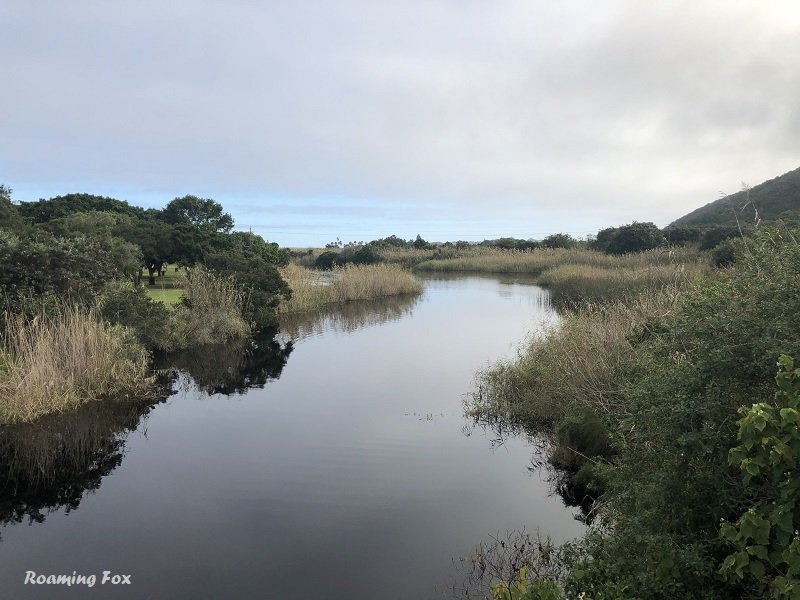











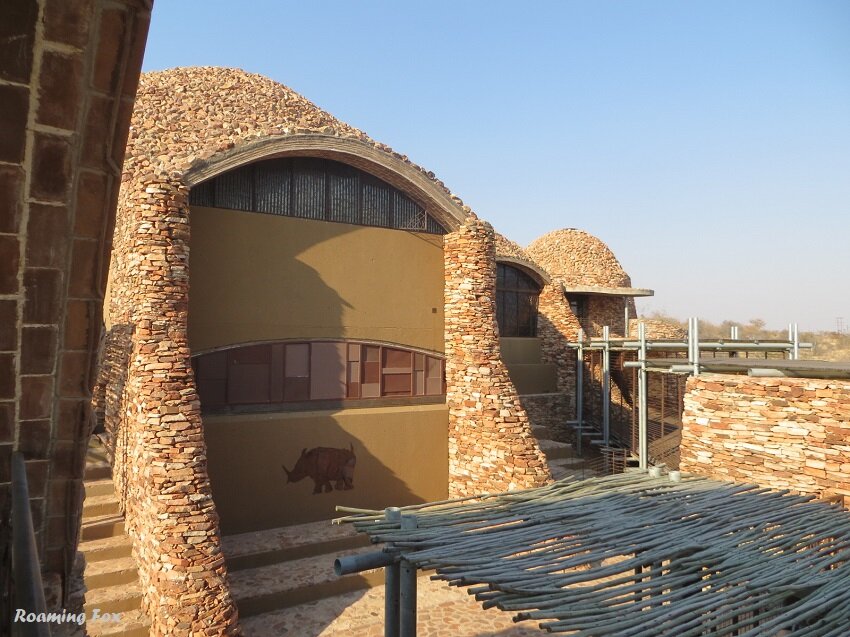





















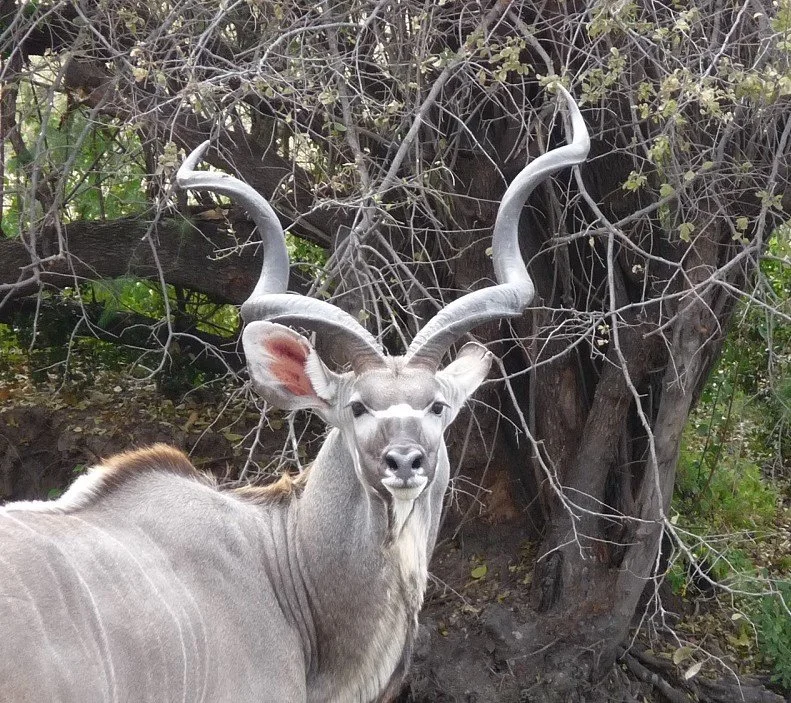
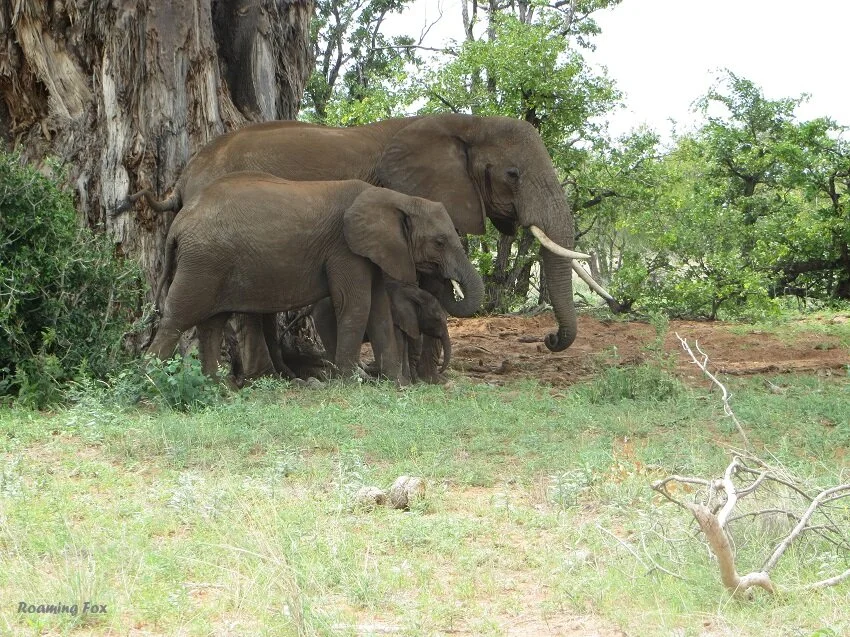
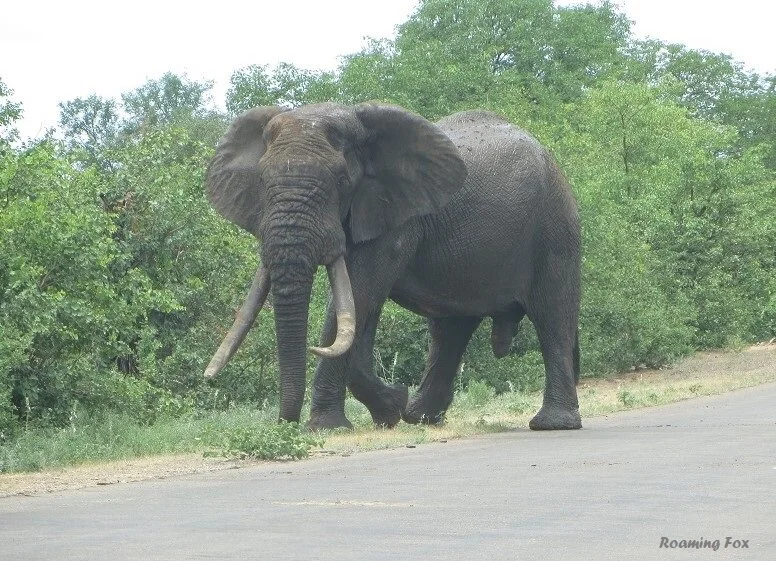

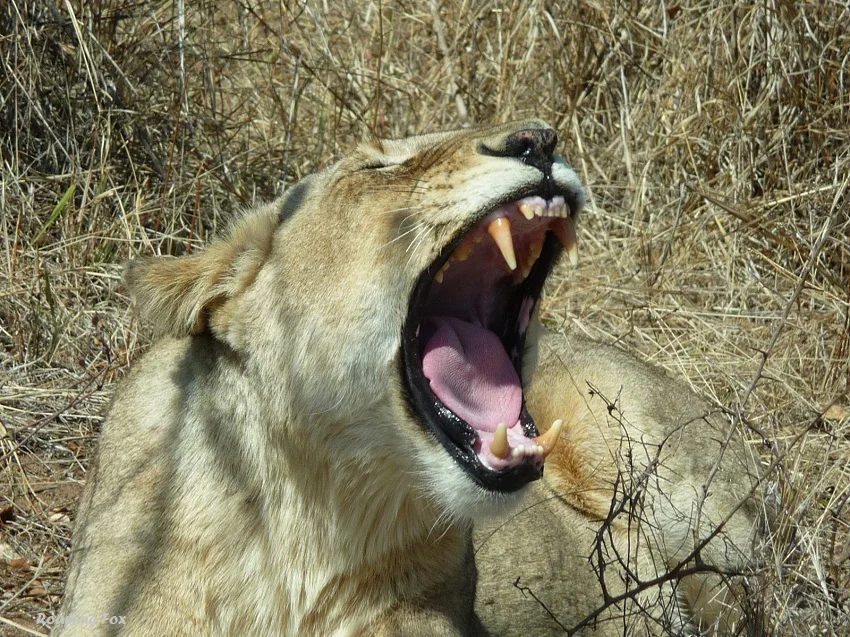






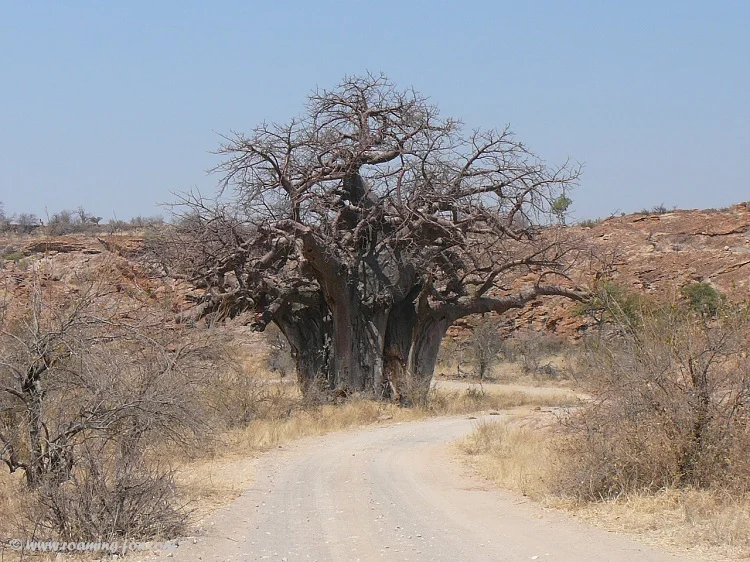



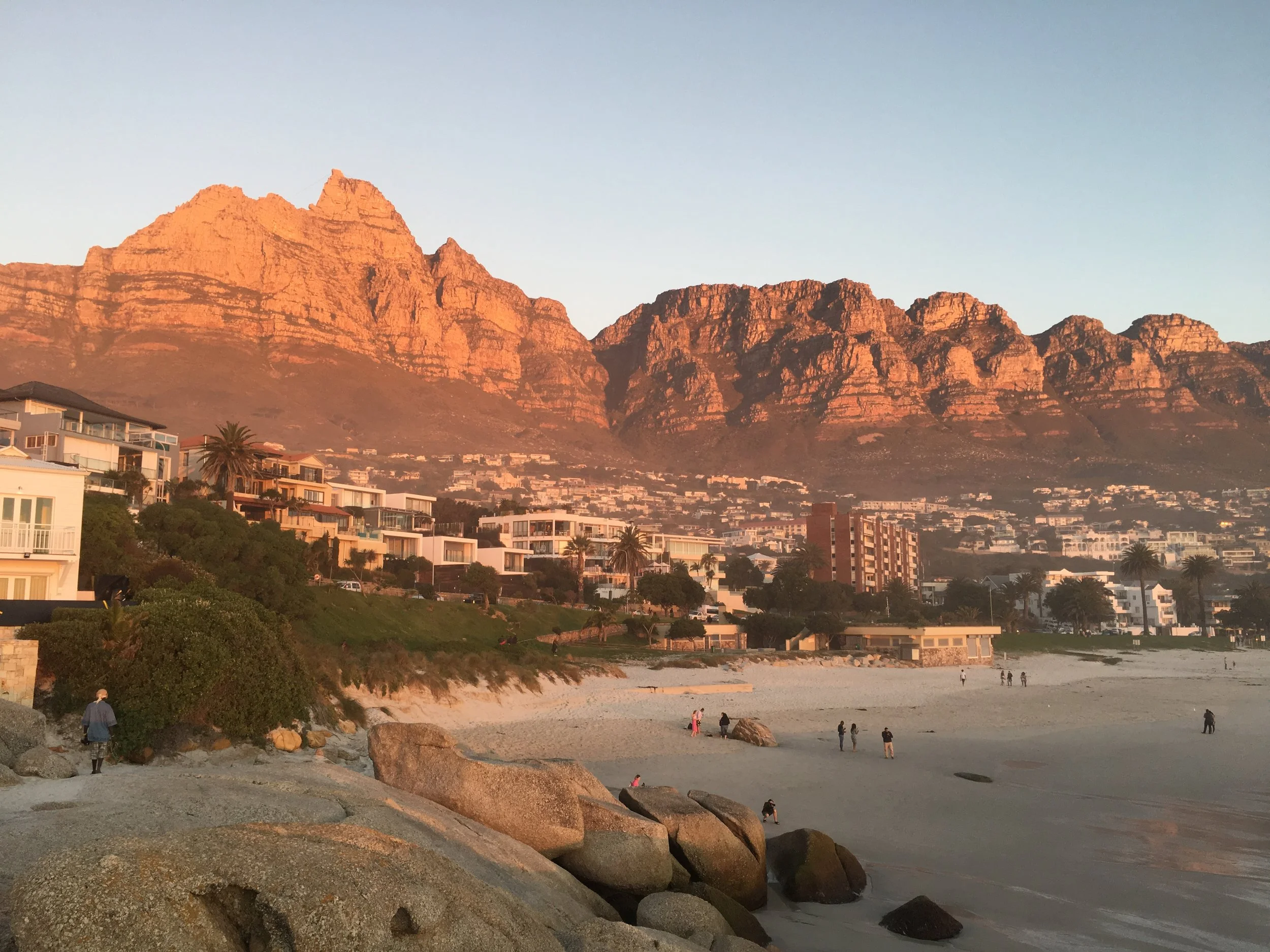


We turned off the R61 outside Cradock onto a gravel road and drove about 2 kilometres to Mountain Zebra National Park gate. Or rather we rattled and shuddered. Our teeth chattered, but not from cold. I might even have bit my tongue – literally.